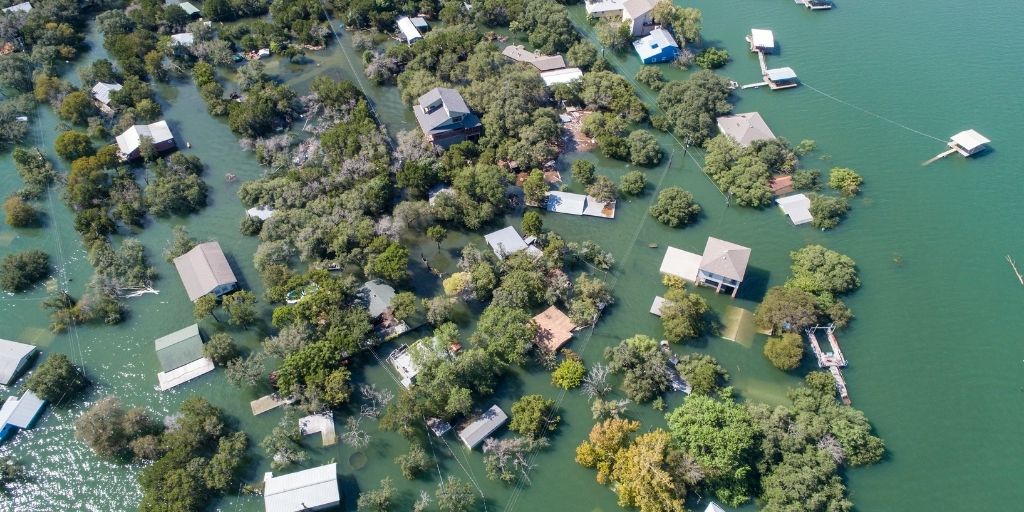
Three years after their initial release, the United Nations Office for Disaster Risk Reduction (UNDRR) and the International Science Council (ISC) are undertaking a review of the UNDRR/ISC Hazard Information Profiles (HIPs) ahead of the Global Platform that will take place in 2025. These HIPs provide a reference on the scope, name, and definitions of hazards of relevance to the Sendai Framework for Disaster Risk Reduction.
The HIPs were hailed as “groundbreaking” in the Report of the Midterm Review of the Sendai Framework in 2023 and continue to provide extensive information to various stakeholders across different sectors, including disaster risk reduction planning, monitoring, training, and research. They are widely utilized by intergovernmental bodies, national governments, disaster management agencies, statistical offices, private sectors, and academic institutions, fostering a more comprehensive and unified approach to disaster risk monitoring, recording, and planning.
For example, The International Organization for Migration (IOM) and the World Health Organization (WHO) have incorporated these profiles in their reference systems and are employing them in some of their training globally. Additionally, UNDRR uses these profiles for monitoring disasters, while numerous other stakeholders use them as foundational tools for disaster planning and response efforts, research and teaching.
In this review cycle, particular emphasis will be placed on the “multi-hazard context,” aiming to enhance understanding of the interplay between different hazards, which can result in cascading, compound, and complex events. This will facilitate the utilization of the profiles for multi-hazard risk assessment and early warning systems.
Leveraging the latest advancements in machine learning, efforts will be made to make the HIPs more machine-actionable, thereby expanding their usability and applications.
Leading this initiative is a steering group chaired by Professor Virginia Murray, comprising representatives from 18 agencies and institutions involved in disaster risk reduction. The steering group will oversee the review process, with eight dedicated technical teams focusing on specific hazard types proposing revisions to the existing HIPs. Additional groups will concentrate on addressing multi-hazard contexts and enhancing machine actionability. The detailed composition of the Steering Group is available here.
A call for users to provide feedback on the reviewed HIPs will be organized later this year before the launch expected at the Global Platform for Disaster Risk Reduction in June 2025.
For additional information, please contact Hélène Jacot des Combes, ISC Project Manager at [email protected].
Image by Jose Antonio Gallego Vázquez on Unsplash.